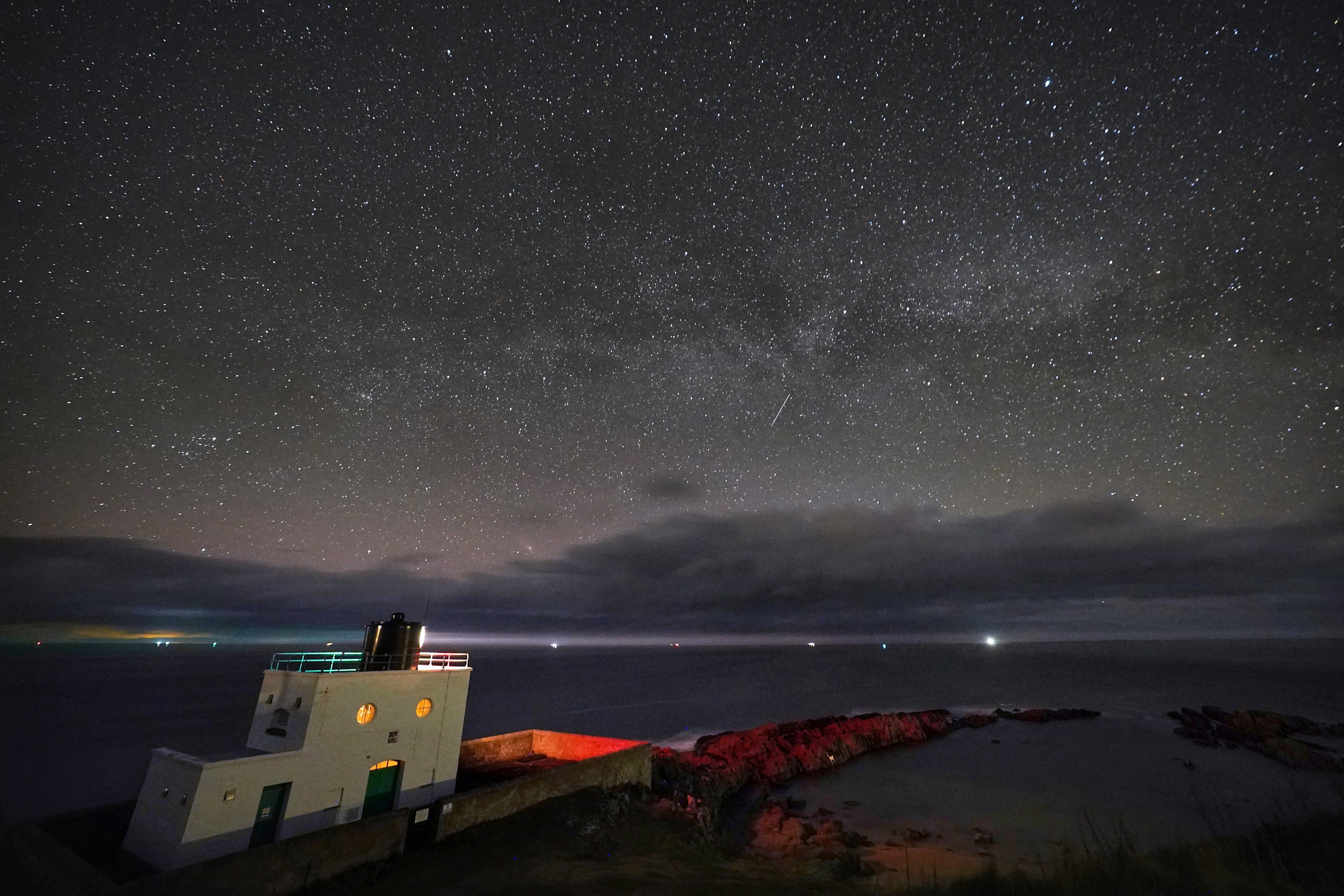The Milky Way is visible – here is how to see it
Stargazers in the UK will be able to see part of the galaxy at around 3am.

Stargazers in the UK may be able to see the Milky Way in the night sky at dawn if they are far away from bright artificial lights.
Early risers using binoculars will be able to see a part of the galaxy – like a band in the sky – after about 3am when the skies are still dark.
Don Pollacco, professor of physics at the University of Warwick, told the PA news agency: “We live in a galaxy along with a couple of billions of other stars, many like the sun.
“You can think of the galaxy as being shaped like two fried eggs back-to-back.
“The solar system sits in the disc about two-thirds of the way from the centre (of the yoke) to the edge.
“From our position in the disc, if we look in any direction the rest of the disc looks like a band in the sky – this band is the Milky Way.
“If you look with binoculars then the band is full of faint stars.”
Those who are not early risers will be able to see the Milky Way in the summer and mid-winter in the evenings, provided the skies are clear and the light from the moon does not overpower starlight.
Prof Pollacco told PA: “In the summer, the centre of the Milky Way is low on the southern horizon from the UK but spreads in a band overhead.
“From a dark site, you’ll see the band is sometimes split in two by dust in the plane of the galaxy.”
Prof Pollacco advises heading to a dark area free from artificial lights to get the best views of the Milky Way.
He said: “You need a clear night with no moon or light pollution. You will not see it in a city.
“It would be best to go to the countryside where the sky could actually get dark and there are no street lights.”